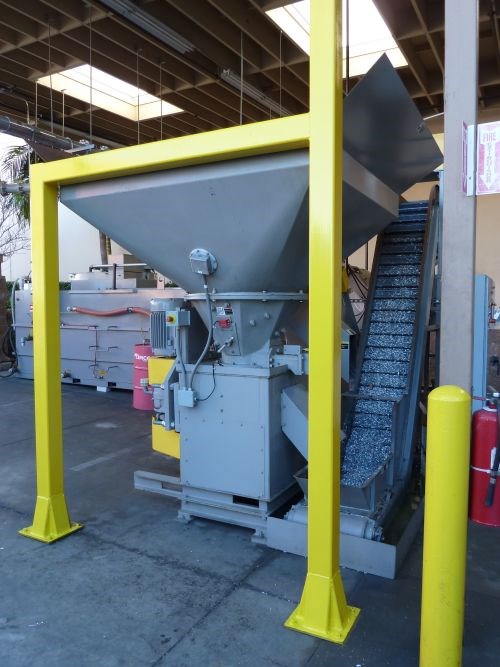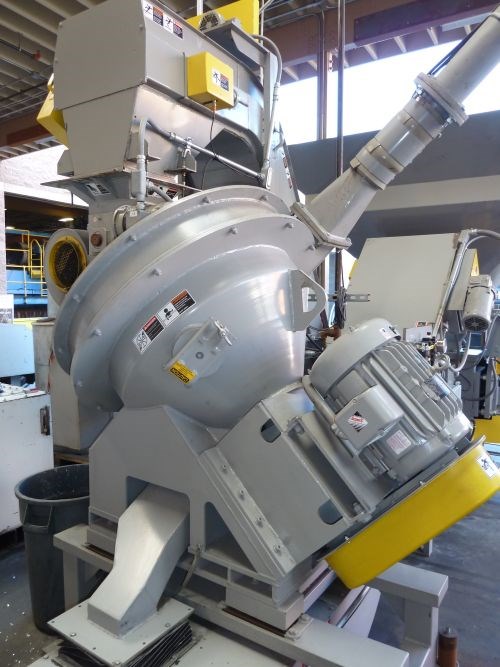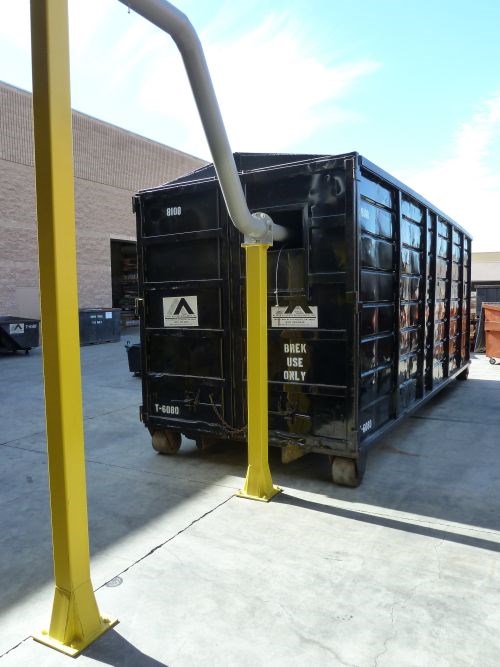When the Chips Are Down
Once the chips begin piling up, how does your company deal with them? While there are as many different approaches as there are machine shops, the most efficient systems share a few important traits.
Share





Every machine shop has developed its own procedure for chip disposal. This is necessitated by concerns such as the configuration of the facility, the metalworking fluids in use, the materials being machined and the type of chips being produced.
Whatever type of system a company has developed, I generally encounter a desire for a better process, or for certain improvements, during the shop visits I make. For example, one company would like to automate the process to the greatest extent possible, while another is interested in environmental compliance. Others want to reclaim fluids from chips to lower new coolant costs. Whatever the situation, the basic steps involve:
- Transport: Getting the chips from the machine tool to the processing system can be accomplished in many ways, either manually or via conveyors.

- Size: Grinding or sorting chips to a uniform size.
- Separation: Once the chip size is relatively standard, and tramp metals such as bolts, etc., have been removed, the chips are introduced into a centrifugal spinning device, sending coolant to a filtration system and dry chips to a bin.

- Disposal: Dry chips are transported to a bin and handled by a disposal company. In the example photographed above, the dry, uniform chips are driven by air through overhead piping to the bin, which can automatically send emails to both the machine shop’s general manager and the disposal company that the bin is full and ready for pickup.

One of the most efficient systems I’ve seen first-hand was during a visit to Brek Manufacturing, which had recently installed a leading-edge system with another one soon to be installed.
Related Content
-
How to Determine the Currently Active Work Offset Number
Determining the currently active work offset number is practical when the program zero point is changing between workpieces in a production run.
-
6 Machine Shop Essentials to Stay Competitive
If you want to streamline production and be competitive in the industry, you will need far more than a standard three-axis CNC mill or two-axis CNC lathe and a few measuring tools.
-
4 Steps to a Cobot Culture: How Thyssenkrupp Bilstein Has Answered Staffing Shortages With Economical Automation
Safe, economical automation using collaborative robots can transform a manufacturing facility and overcome staffing shortfalls, but it takes additional investment and a systemized approach to automation in order to realize this change.














.jpg;maxWidth=300;quality=90)
.jpg;maxWidth=300;quality=90)





